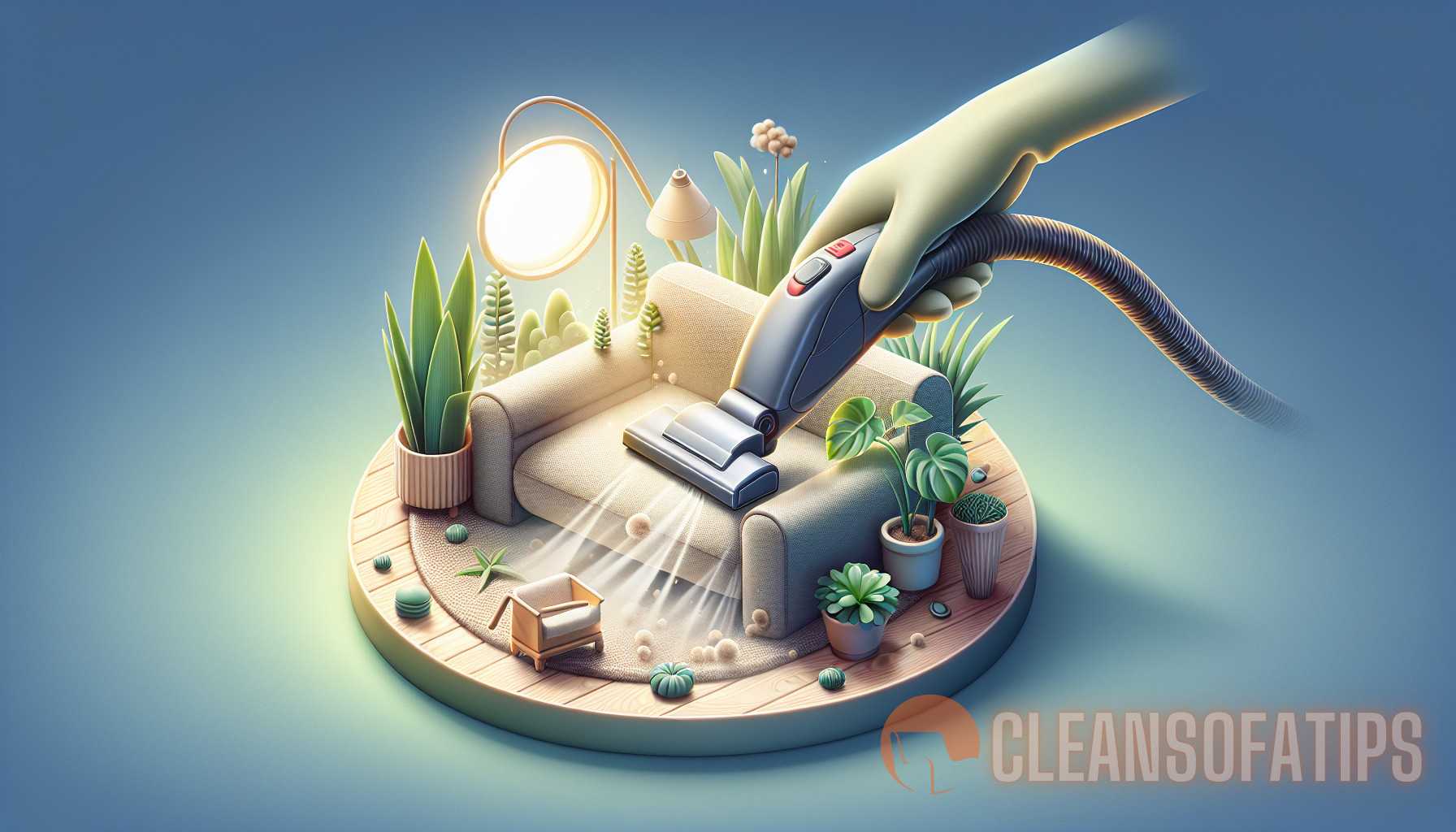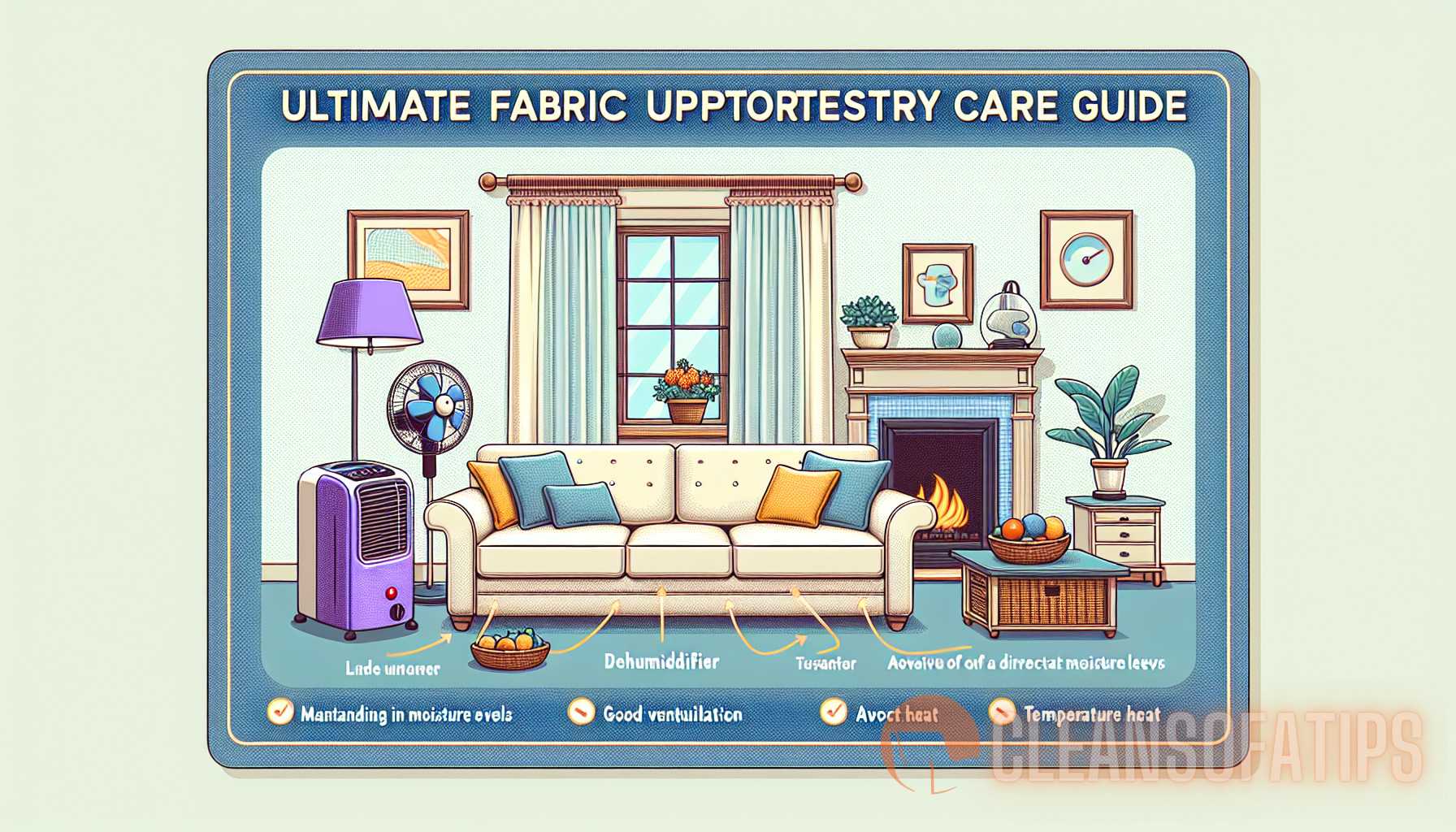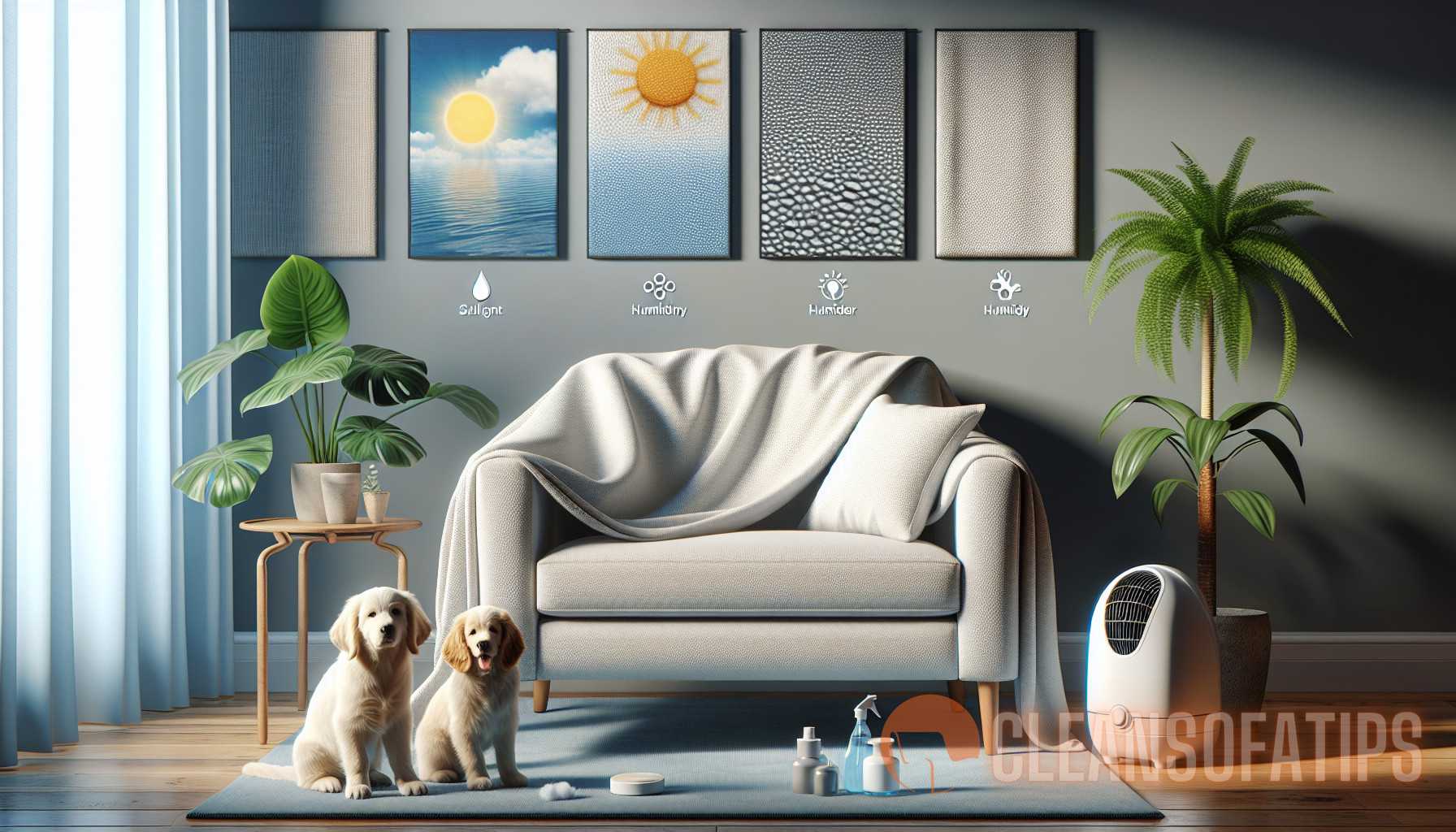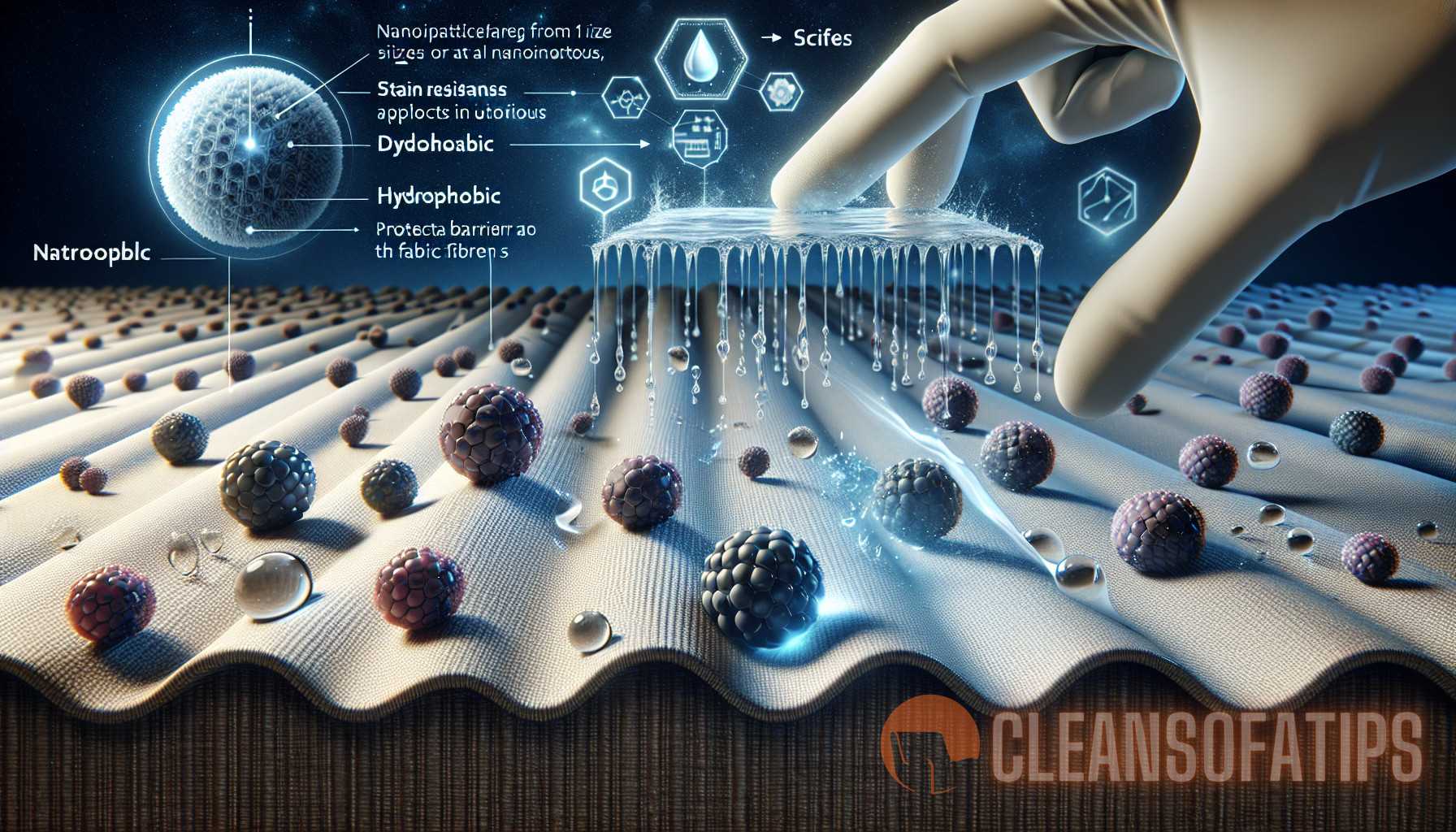Fabric Upholstery Care: Investigating the Impact of Environmental Factors on Longevity
Introduction
Fabric upholstery is a common choice for furniture due to its comfort, versatility, and aesthetic appeal. However, to ensure the longevity and appearance of fabric upholstery, it is important to understand the impact of environmental factors on its durability. This guide will explore the various environmental factors that can affect fabric lifespan and provide tips on how to care for and protect fabric upholstery.
Understanding Fabric Lifespan
Fabric lifespan refers to the duration for which fabric upholstery remains in good condition, maintaining its appearance, comfort, and functionality. Several factors can impact the lifespan of fabric upholstery, including:
- Light exposure: Exposure to direct sunlight can cause the fabric to fade, weaken the fibers, and lead to discoloration over time.
- Humidity levels: High humidity levels can promote the growth of mold and mildew on fabric upholstery, leading to stains, unpleasant odors, and potential damage to the fabric fibers.
- Temperature: Extreme temperature fluctuations can cause fabric upholstery to expand and contract, leading to fabric stretching, loosening, and potential damage.
- Dust and dirt: Accumulation of dust and dirt particles on fabric upholstery can contribute to staining, discoloration, and wear and tear.
- Spills and stains: Accidental spills or stains on fabric upholstery, if not cleaned promptly, can lead to permanent damage or discoloration of the fabric.
By understanding these environmental factors, you can take proactive measures to care for and extend the lifespan of your fabric upholstery.
Caring for Fabric Upholstery

To ensure the longevity of your fabric upholstery, here are some important tips to follow:
1. Regular Cleaning
Regular cleaning is crucial for maintaining the appearance of fabric upholstery. Here are some key points to consider:
- Vacuuming: Vacuum your fabric upholstery regularly to remove dust, dirt, and debris that can accumulate on the surface.
- Spot cleaning: Immediately address any spills or stains on your fabric upholstery by gently blotting the area with a clean cloth or paper towel. Avoid rubbing the stain, as it can spread and further embed it into the fabric fibers. Refer to the article “Ultimate Guide to Fabric Spot Cleaning: Step-by-Step Process for Perfect Upholstery” for a detailed step-by-step process.
- Professional cleaning: Consider professional upholstery cleaning at least once a year to deep clean and revitalize your fabric upholstery.
2. Protection from Sunlight
Direct exposure to sunlight can cause fading and damage to fabric upholstery. To protect your fabric upholstery from sunlight:
- Use window treatments: Install blinds, curtains, or shades to limit direct sunlight exposure. Consider UV-protective window films to further minimize sunlight damage.
- Rotate furniture: Regularly rotate your furniture to ensure even exposure to sunlight, preventing uneven fading and damage.
3. Controlling Humidity Levels
High humidity levels can promote mold and mildew growth on fabric upholstery. To control humidity levels:

- Use dehumidifiers: Use dehumidifiers in areas with high humidity to maintain optimal moisture levels.
- Ventilation: Ensure proper ventilation in your home by opening windows and using fans to circulate air.
4. Temperature Control
Extreme temperature fluctuations can damage fabric upholstery. To maintain optimal temperature levels:
- Avoid direct heat: Avoid placing fabric upholstery near direct heat sources like radiators or fireplaces.
- Avoid extreme cold: Protect fabric upholstery from extreme cold by ensuring proper insulation and avoiding contact with cold surfaces.
5. Regular Maintenance
In addition to regular cleaning, ongoing maintenance is key to preserving fabric upholstery. Here are some maintenance steps to follow:
- Fluff cushions: Regularly fluff and rotate cushions to distribute wear and maintain the shape of your fabric upholstery.
- Tighten screws: Periodically check and tighten any loose screws or fasteners on your fabric-upholstered furniture to prevent structural damage.
- Protect with covers: If you have fabric-upholstered outdoor furniture, consider using protective covers when the furniture is not in use to shield it from the elements.



